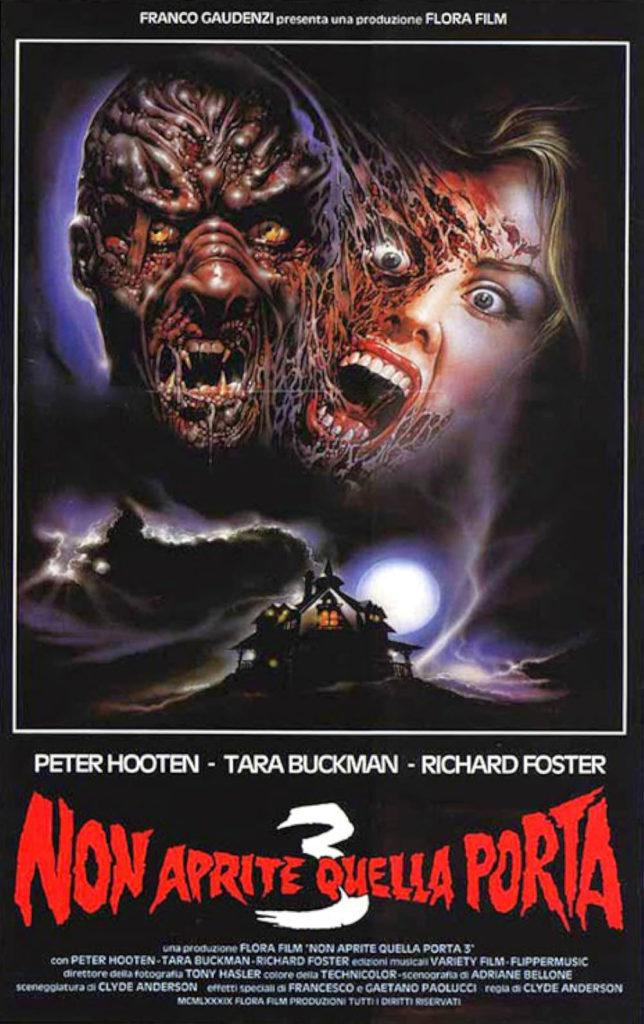This is the third film from director Ruggero Deodato to be featured in the Italian Horrorshow, after the unforgettable pair of Cannibal Holocaust and Jungle Holocaust. Both of those films were impressive in their storytelling and shocking visuals. Deodato must have had enough of cannibals after that, and instead turned his talents to an American-style slasher/cabin in the woods flick.
Written by many people, including Italian cinema stalwarts Sheila Goldberg and Dardano Sacchetti, Body Count (Italian: Terror camping) tells the story of two groups of youths that are brought together by chance, to be chased around a derelict campground by a masked killer. Anyone with even a passing familiarity with horror flicks will have seen this plot, or something damned close, once or twice. This being the fifteenth year of the Horrorshow, on top of a lifetime of watching horror flicks, I figured there would be nothing all that special about this flick. Continue reading “Lo spettacolo dell'orrore italiano: Body Count (1986), aka Camping del terrore”

 Sometimes, one can tell the objective quality of an Italian horror flick by looking at its title upon release in the old country. Night Killer, from 1990, is a case in point. It was released in Italy with the title Non aprite quella porta 3, which translates as Do Not Open That Door 3, implying that this is the third in a series. The first film to use Do Not Open That Door in Italian theaters was The Texas Chain Saw Massacre. Night Killer is not related to Tobe Hooper’s classic in any way, but producer Franco Gaudenzi hitched his wagon to Hooper’s regardless. If there is one thing I’ve learned from watching all these Italian horror flicks for the Horrorshow, it’s that trademark law must be different in Rome.
Sometimes, one can tell the objective quality of an Italian horror flick by looking at its title upon release in the old country. Night Killer, from 1990, is a case in point. It was released in Italy with the title Non aprite quella porta 3, which translates as Do Not Open That Door 3, implying that this is the third in a series. The first film to use Do Not Open That Door in Italian theaters was The Texas Chain Saw Massacre. Night Killer is not related to Tobe Hooper’s classic in any way, but producer Franco Gaudenzi hitched his wagon to Hooper’s regardless. If there is one thing I’ve learned from watching all these Italian horror flicks for the Horrorshow, it’s that trademark law must be different in Rome.